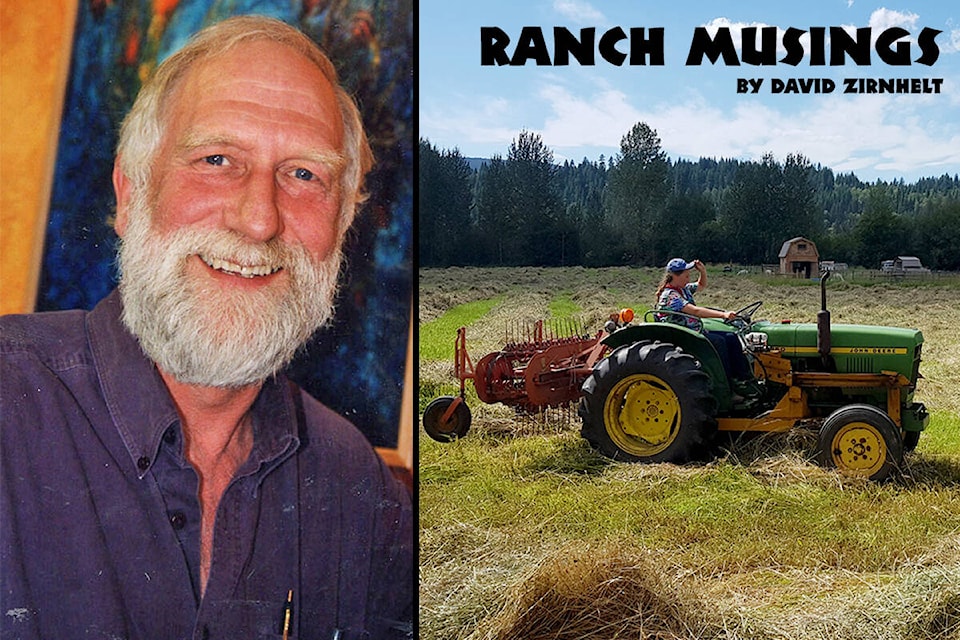Long gone are the days when advice from experts in agriculture would advise to leave soil “black” or whatever colour your bare soil is, in order to conserve moisture for your next crop. Presumably you plowed and disked the field to destroy the remains of the old crop and any rogue weeds that might have been there.
Nowadays, the advice is to always leave a crop of some kind covering the ground to feed the soil microbes and stop weather from packing the surface which induces moisture to run off.
Ideally, if you are renovating a pasture or hayfield, you may wish to plant an annual like a grain as soon as you farm it to get something growing which will somewhat suppress weeds or plants you don’t want in your field/pasture.
With that grain crop you will get a green feed for hay or haylage. If you inter seed a cover crop which contains plants that will enhance the fertility (also annuals) you can turn them in gently and seed another grain annual with the perennial plants of your targeted crop.
You will have tilled twice thus reducing the unwanted plants and leveled your field.
The frequent alternative to this above approach is to “kill” the old (tired or undesirable) crop) with a herbicide and directly plant a final or a cover crop into the old sod or stubble of the previous grain crop.
Unfortunately, you might just kill soil microbiology which can assist in free fertility development. If you take either approach, you would be well advised to take a “before” soil sample and do it as prescribed by the lab you intend to send the sample to. Testing for soil microbiology may require protecting the samples from drying out or freezing.
An agronomist may advise an inoculant or a fertility amendment to grow your desired crop.
Cover crops like grazing can increase fertility thanks to the “farming” of the critters in the soil.
Since any farming and any seeds or amendments are expensive, you can take a more applied scientific approach and make a careful plan for your cover crop which will enhance your fertility naturally.
In order to obtain seed and amendments, you will have to start early with your soil sampling and sourcing. Lead time is precious and necessary.
Then there is getting professional advice on interpreting soil sampling results. In my opinion there is a critical shortage of agrologists and agronomists.
Seed and fertilizer providers can help but you can get up to speed by consulting the Ministry of Agriculture website (yes, you need to be computer literate these days!) , the BC Forage Council site and the Cariboo Agriculture Research Alliance site. Or try the Canadian Forage and Grasslands Association site. Don’t forget to consult your regional agrologist at some point in your planning.
Happy farming this spring!
